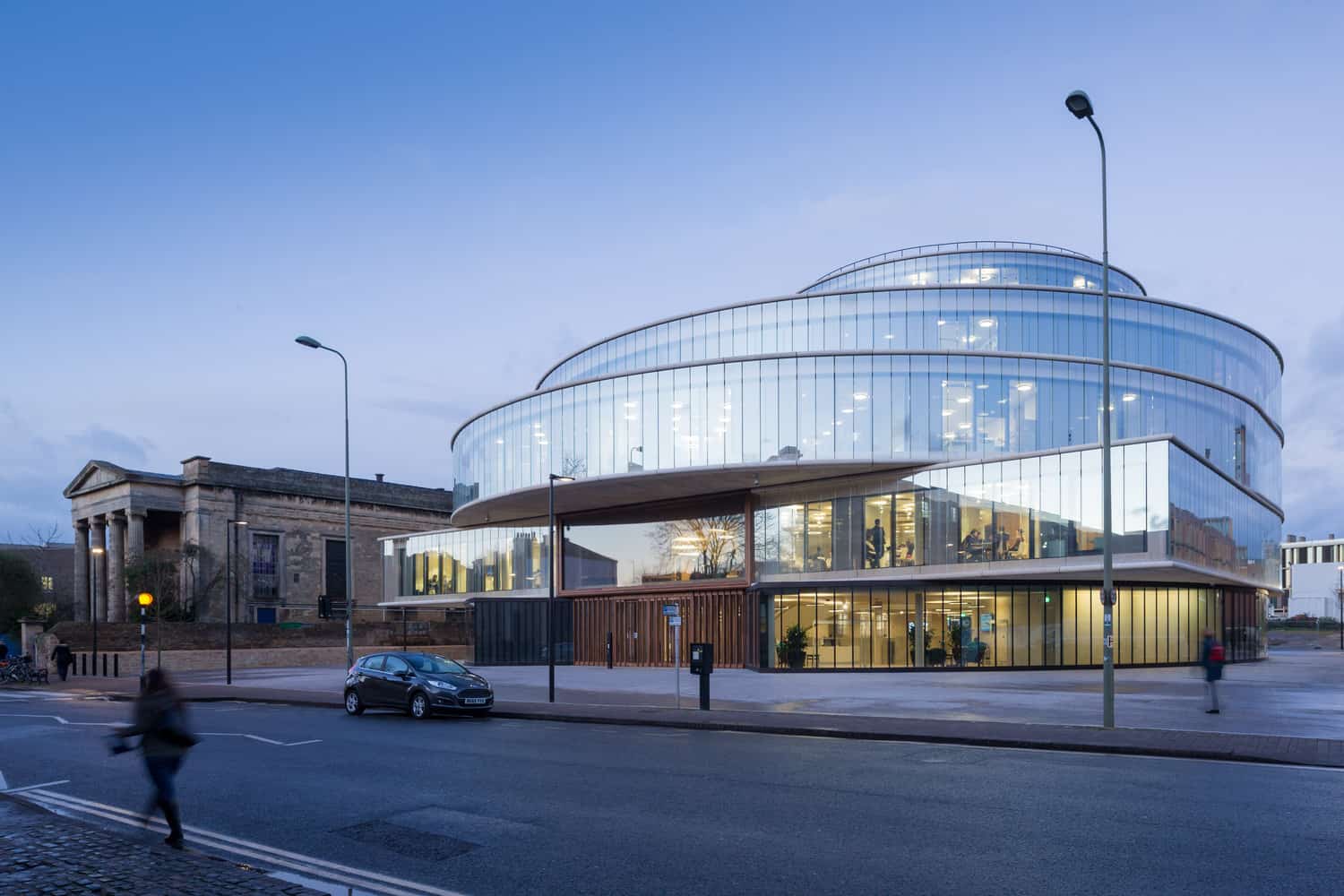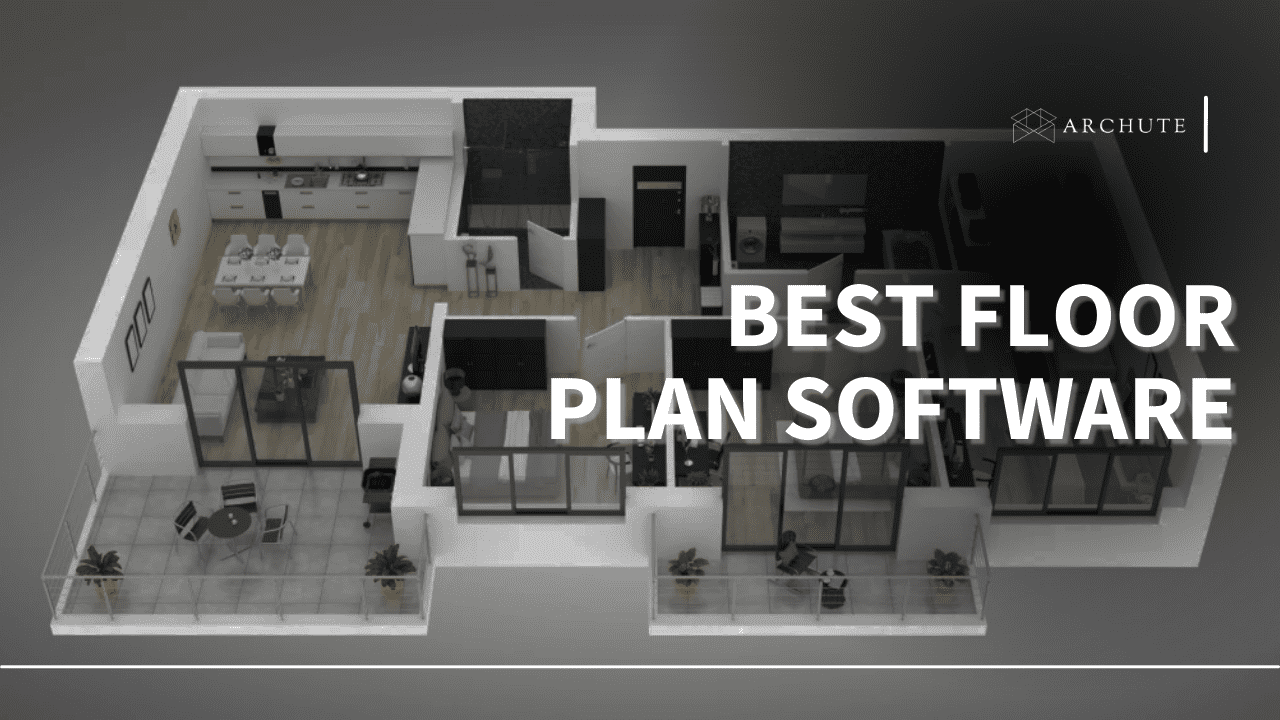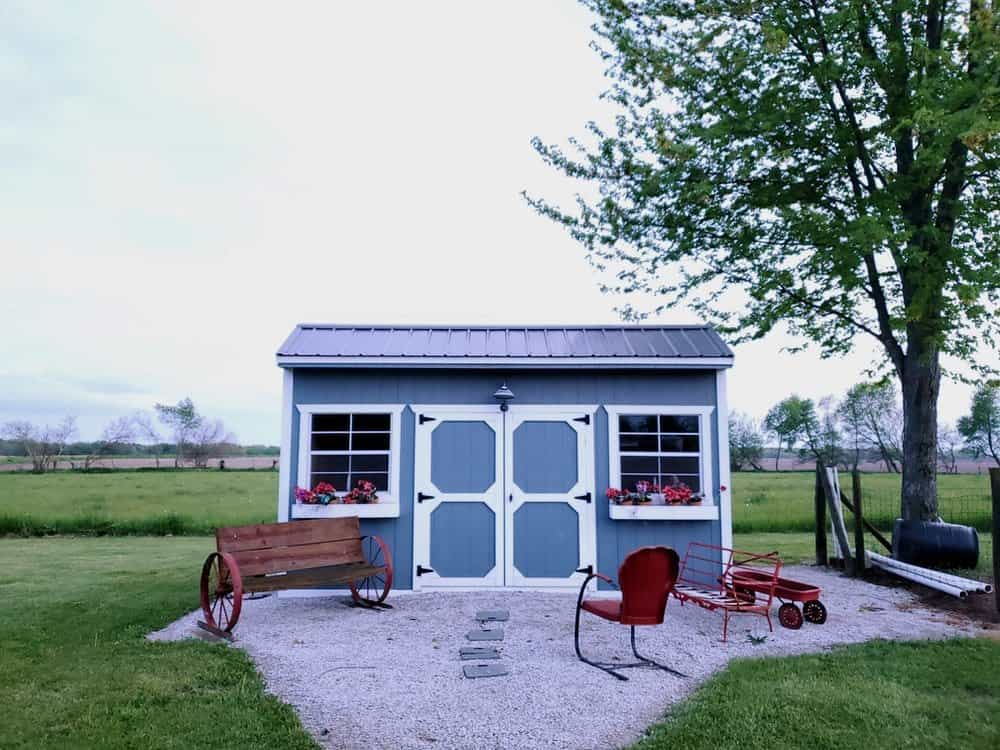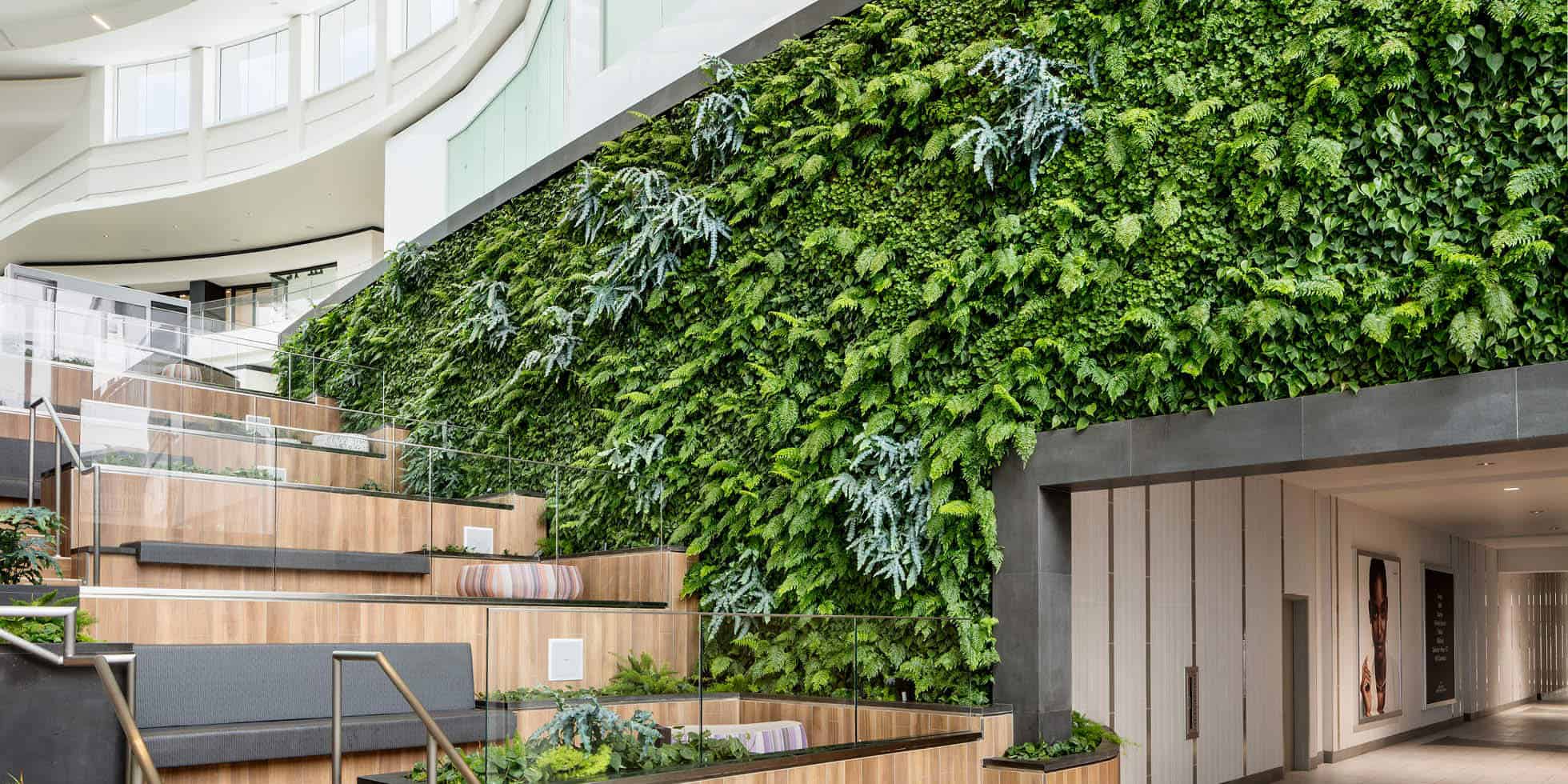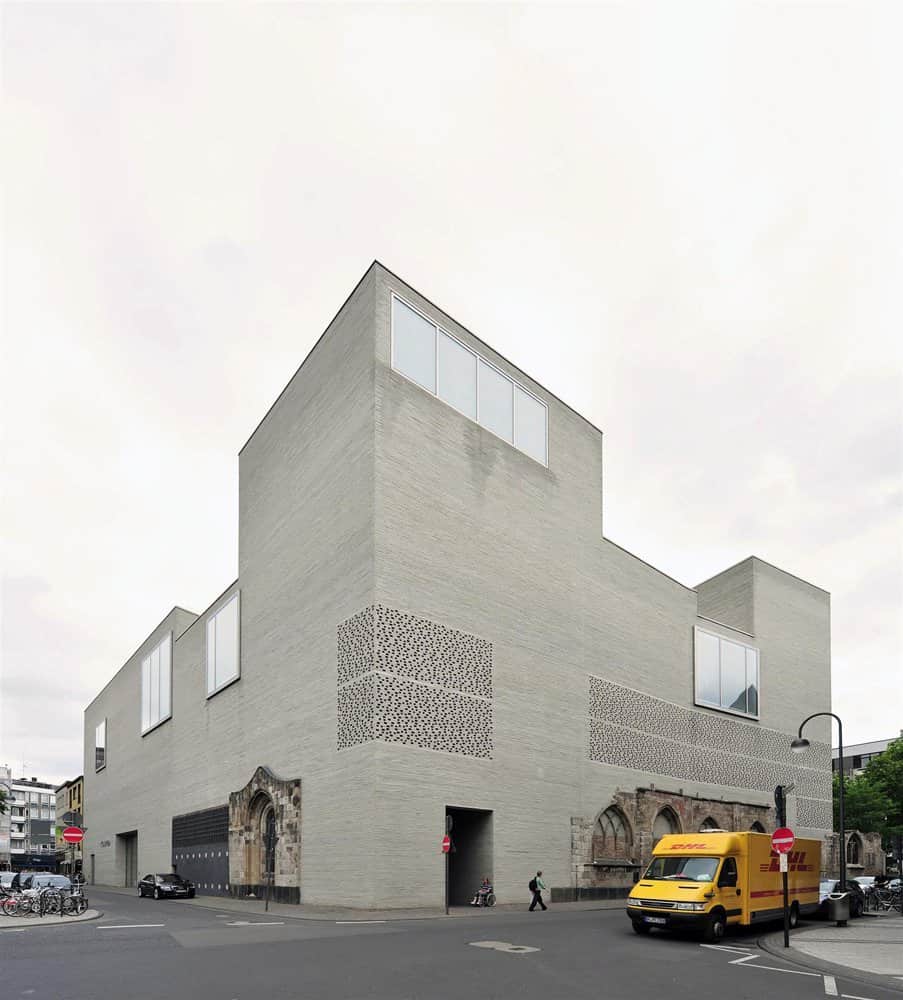Herzog and de Meuron has unveiled a new building for the Oxford University’s new school of government. The building whose construction was completed in 2015, was entered by students in late 2015 and is set to be officially unveiled in the next few months by the school. Blavatnik School of Government has been named after Ukraine-born businessman Leonard Blavatnik who donated the £75 million required to construct the building. The school’s mission is to become a global centre of excellence for the study of government and public policy.
For such a contentious topic of study following past and present ills committed by governments around the world, the Swiss-based architecture studio wanted to set the correct foundation for the study of government by designing a building that fosters the idea of openness, communication and transparency – virtues lacking of all governments in the world today.
The idea was to design a central space from which everything else would be born, intertwined and integrated. Beginning from the interiors, Herzog and de Meuron designed a central space known as The Forum. The space cuts through all the levels of the building as a central vertical space into which every other space connects forming one whole building. The Forum has been designed as if to stitch every other space to it. Moreover, its name comes from the meeting, social and congregation spaces that it provides.
Herzog and de Meuron note in their press release that the idea was to design the whole building as a concert hall or an auditorium, with a series of terraced spaces emanating from The Forum and interconnected through all levels. The terraced spaces would then go on to be say, a study area or a lecture hall for instance.
The Blavatnik School of Government houses teaching and academic spaces, together with meeting, administration, research and service areas all interconnected from central space. The lower levels house larger spaces like large lecture halls while the upper levels house small spaces for research and academic programs requiring little to no noise to enhance focus and concentration.
An outdoor terrace accommodating students and faculty spaces crown the school with outdoor views of Radcliff Observatory Quarter and the whole of Oxford beyond. The new building is set to act as a gateway to the southern part of the area due to its location at the southwest corner of the Radcliff Observatory Quarter making it the first building visitors see when they get to this part of town from the south.
The curving glass form is made up of cylindrical and horseshoe-shaped blocks which culminate to a glazed form intended to resonate with the Sheldonian Theatre and Radcliff Camera buildings. Despite most of the buildings in the university being prominent with stone facades, the design studio chose to move away from the historic stately buildings, instead deciding to usher in a new era of contemporary glass buildings for a ground-breaking school.
Ring-shaped walkways surround the atrium from which The Forum emanates. The seven building levels are connected together by a series of spiral staircases that come from the walkways guiding people into the main central space. The staircase and walkways have been designed as a series of interconnecting spaces to encourage students and staff to interact with each other. The concrete balustrades on the staircase have been coated with a layer of shredded white paper to dampen some of the continuous rather harsh mixture of sounds from the Forum.
The building which is located in the Radcliff Observatory Quarter – masterplanned by architect Rafael Vinoly – will be a public landmark in the area, representing the shift in Oxford’s architecture to the contemporary era of glass and curvilinear forms.
The experience by the 550 people it will accommodate should be special, beginning with its classical entrance placed in the middle of the Walton street elevation, centred underneath the main teaching floor of Level 1 which transforms from circular geometry to a rectangular shape mimicking a “Sheldonian” shape.
Project Information
Architects: Herzog and de Meuron
Client: Blavatnik School of Government, The University of Oxford
Location: Oxford, England, United Kingdom
Completed: 2015
Photography: Blavatnik School of Government

